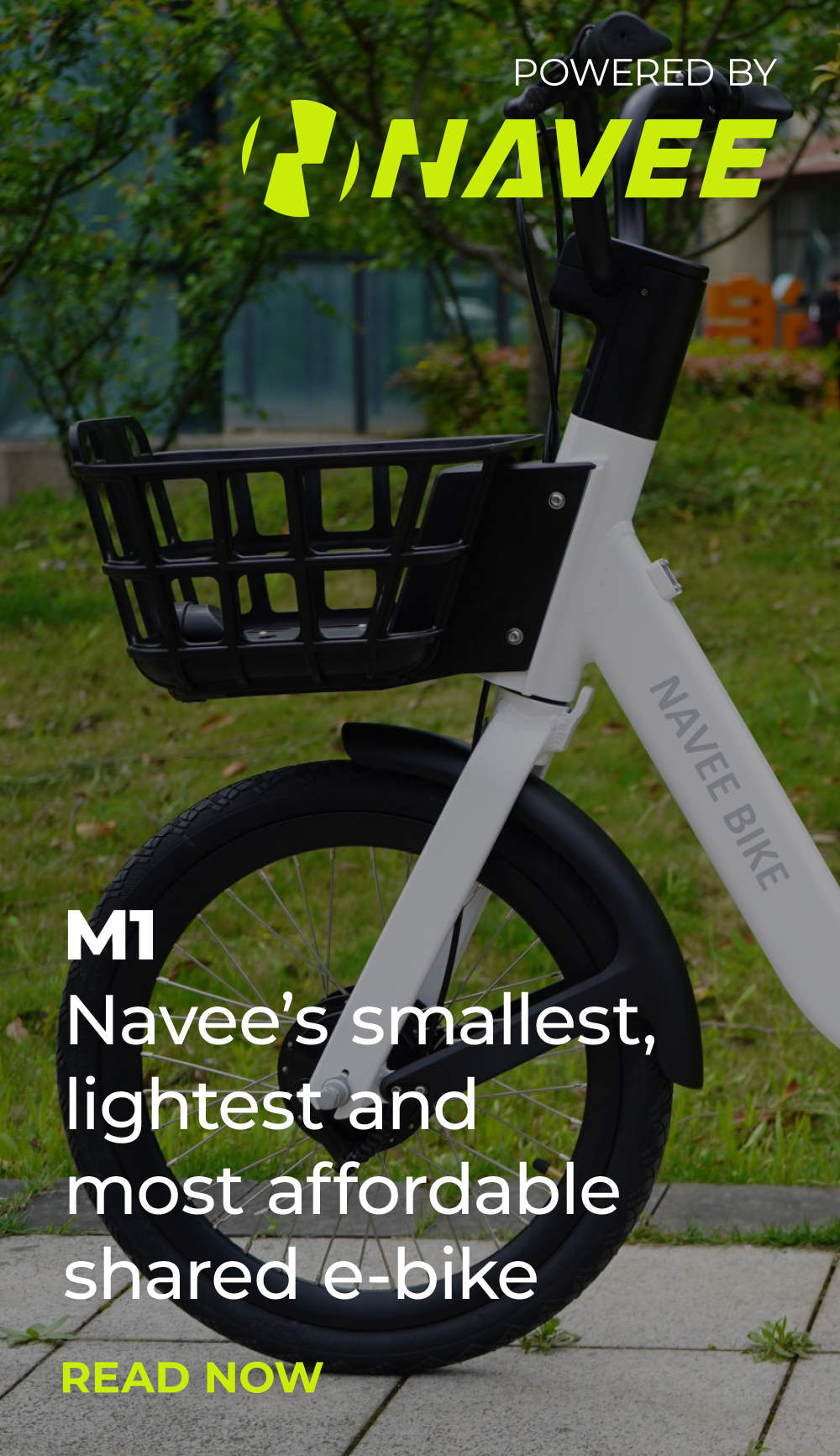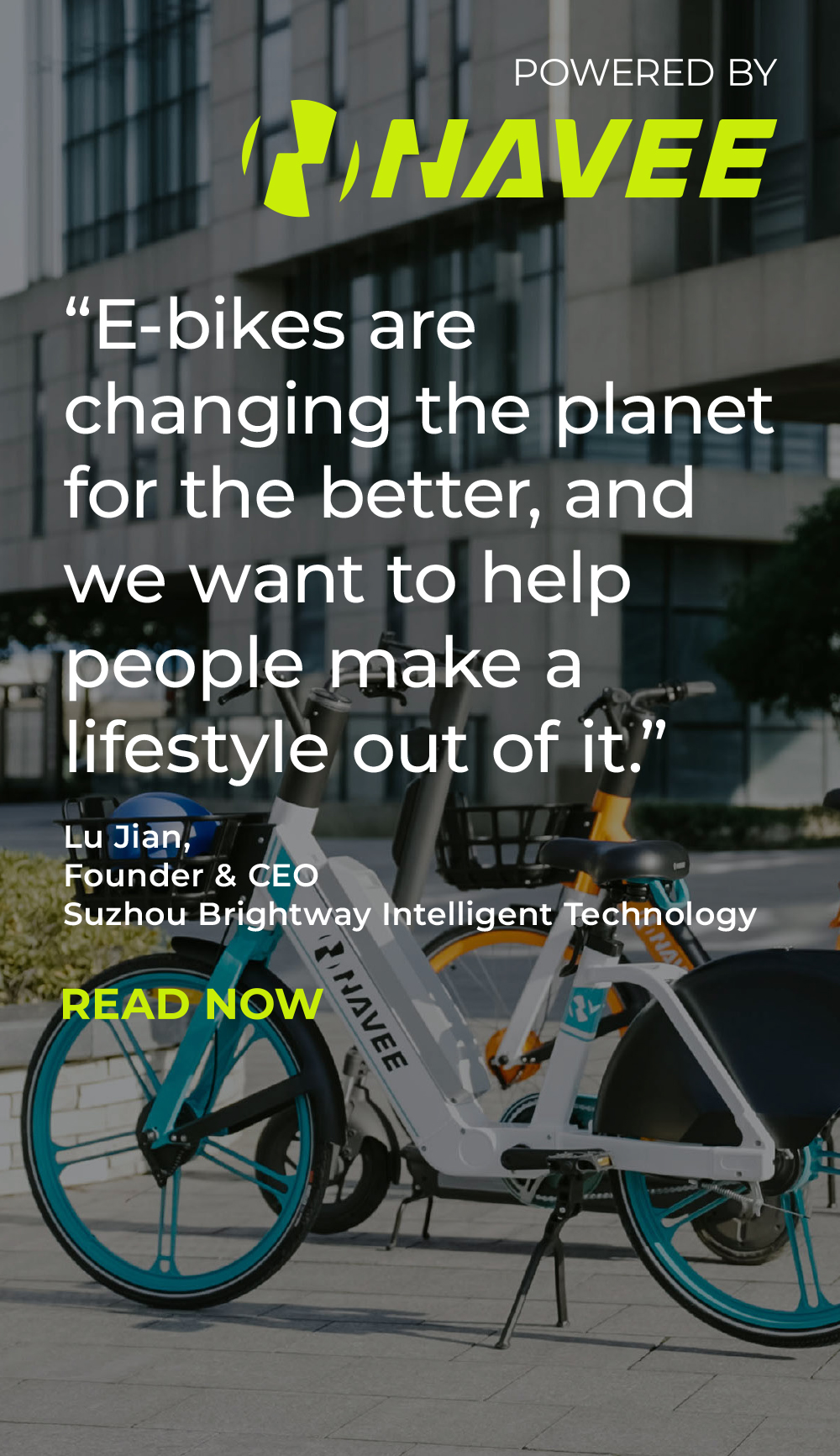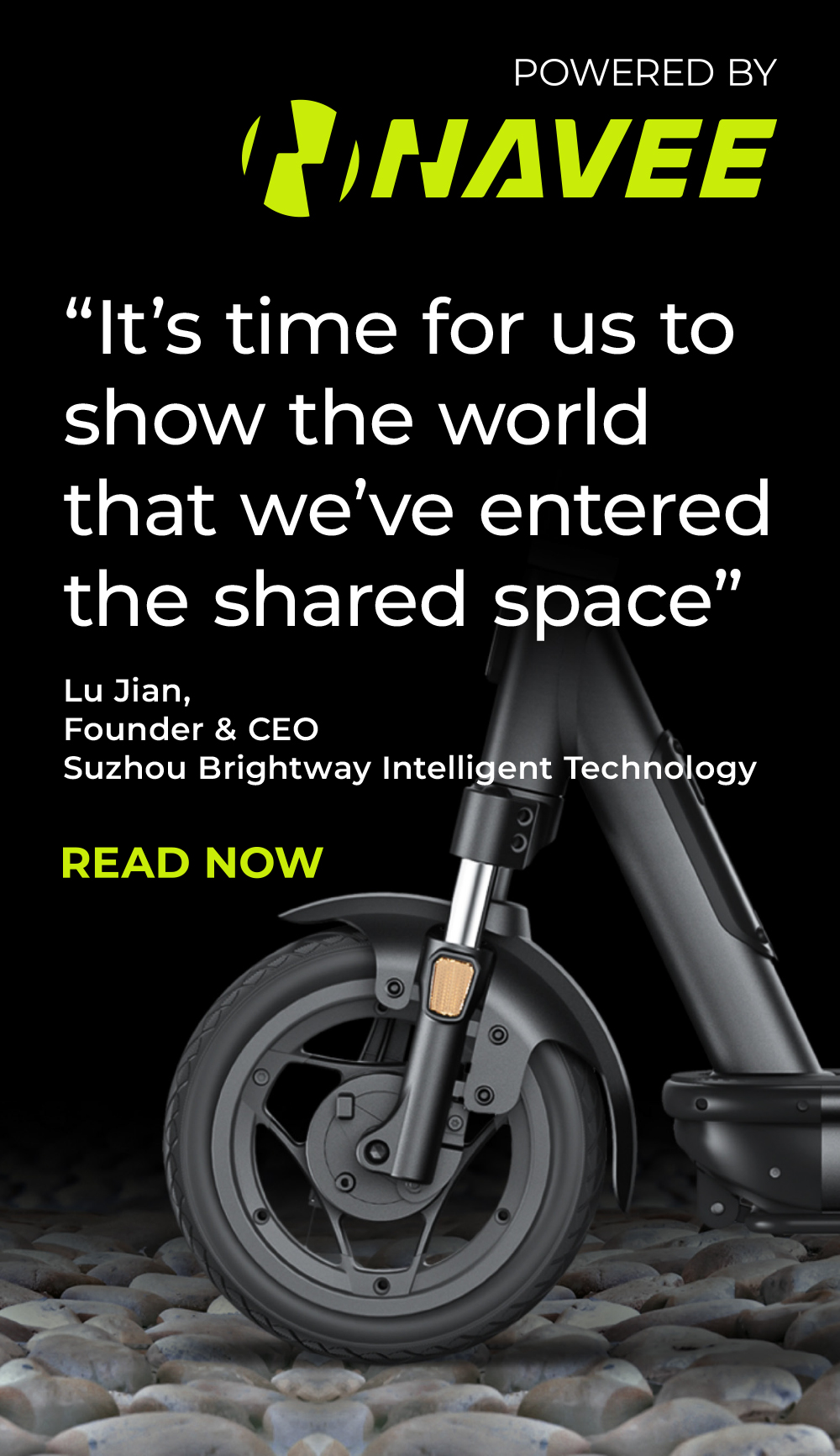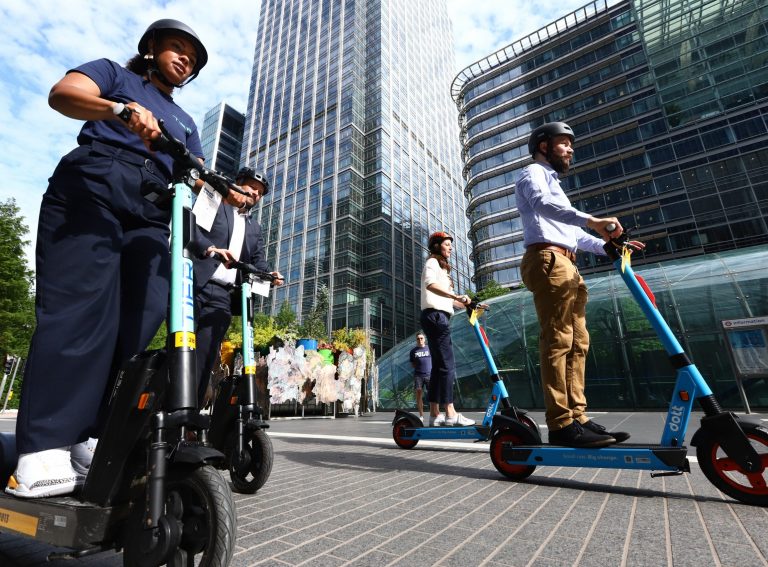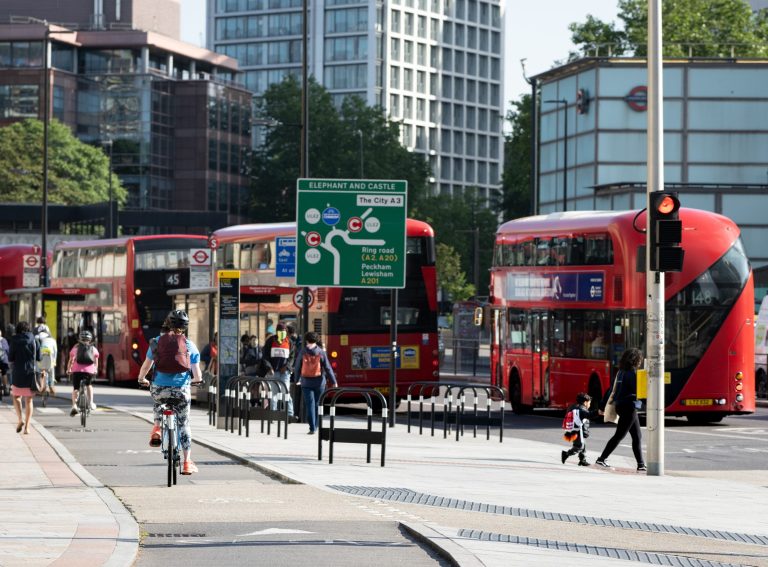Micromobility operator Voi is reimagining how eight cities would look without cars in a new report co-authored with specialist urban and mobility planner Jaja Architects.
Titled ‘Cities made for living’, the report sets out Voi’s vision to reduce car dependency and return urban spaces to the people who live in them.
Taking a research-based approach, it explains how shared mobility can help cities overcome a century-long planning bias toward private cars.
The benefits to reimagining public spaces, with a focus on shared mobility, is that it creates safer cities and more spaces for social activities and greenery, said Voi.
Voi’s Co-Founder and COO Douglas Stark told Zag Daily: “The report provides a credible path to help remove our dependency on cars by highlighting how micromobility and public transport can work together. Sometimes I think there is a perception that micromobility stifles public transport’s growth. Actually our study in Stuttgart (Germany) shows that the number of train rides increased by 35% when we introduced micromobility into the city.”
New visualisations of public spaces in cities across Europe include Voi’s home town of Stockholm, as well as Barcelona, Berlin, Copenhagen, Helsinki, Marseille and Oslo. There is also a visualisation of Liverpool in the UK too.
Helsinki
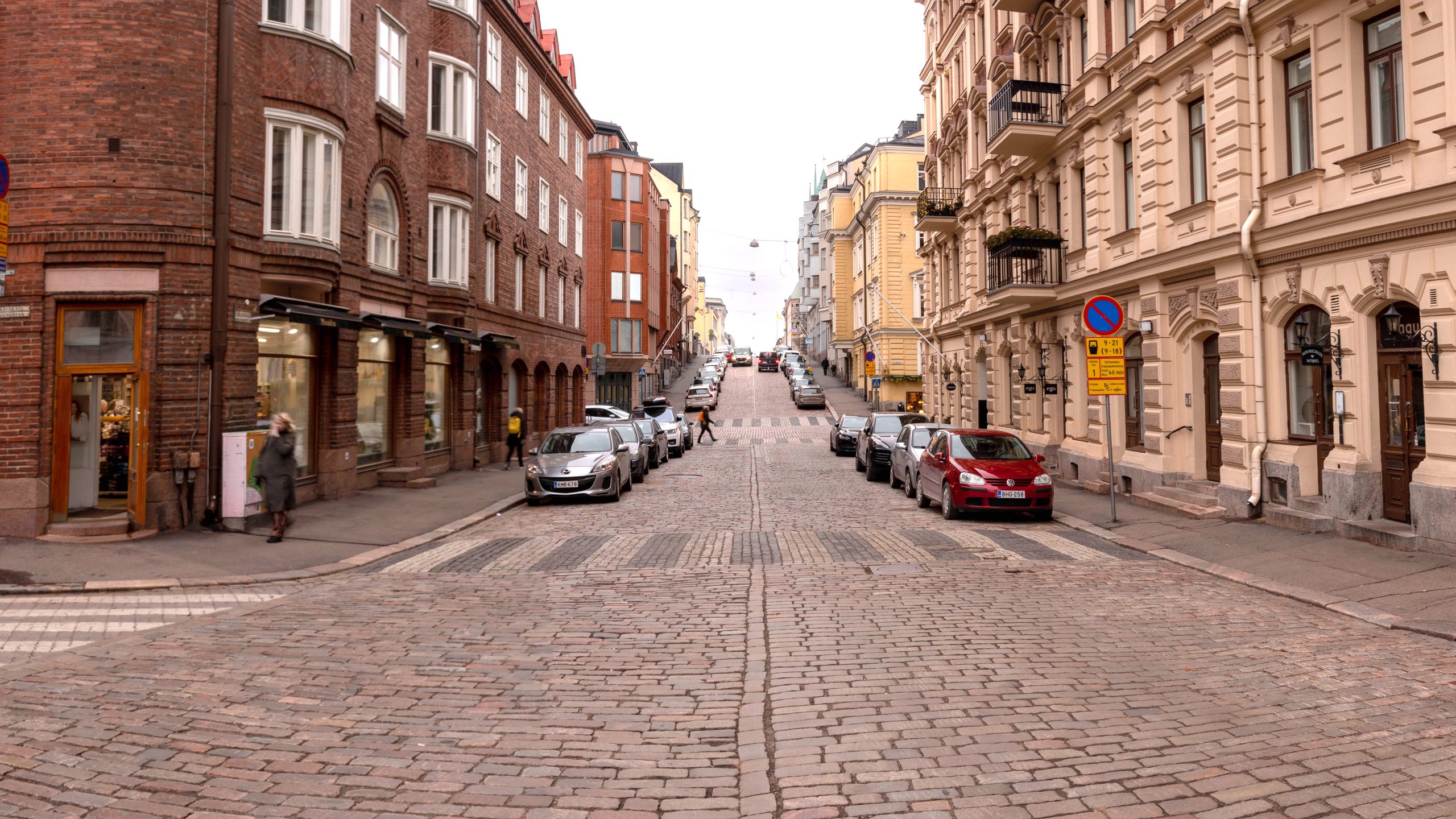
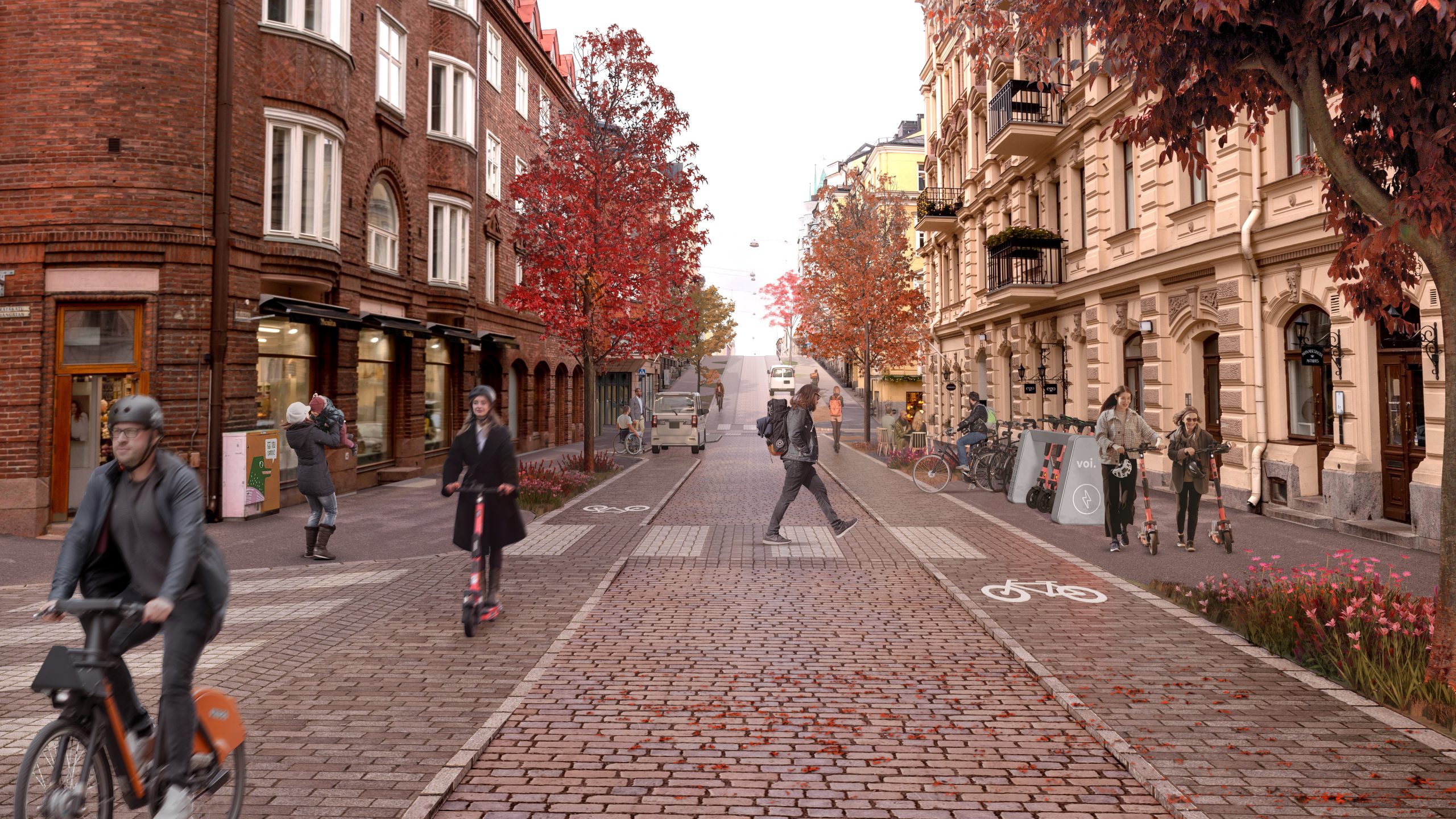
Oslo
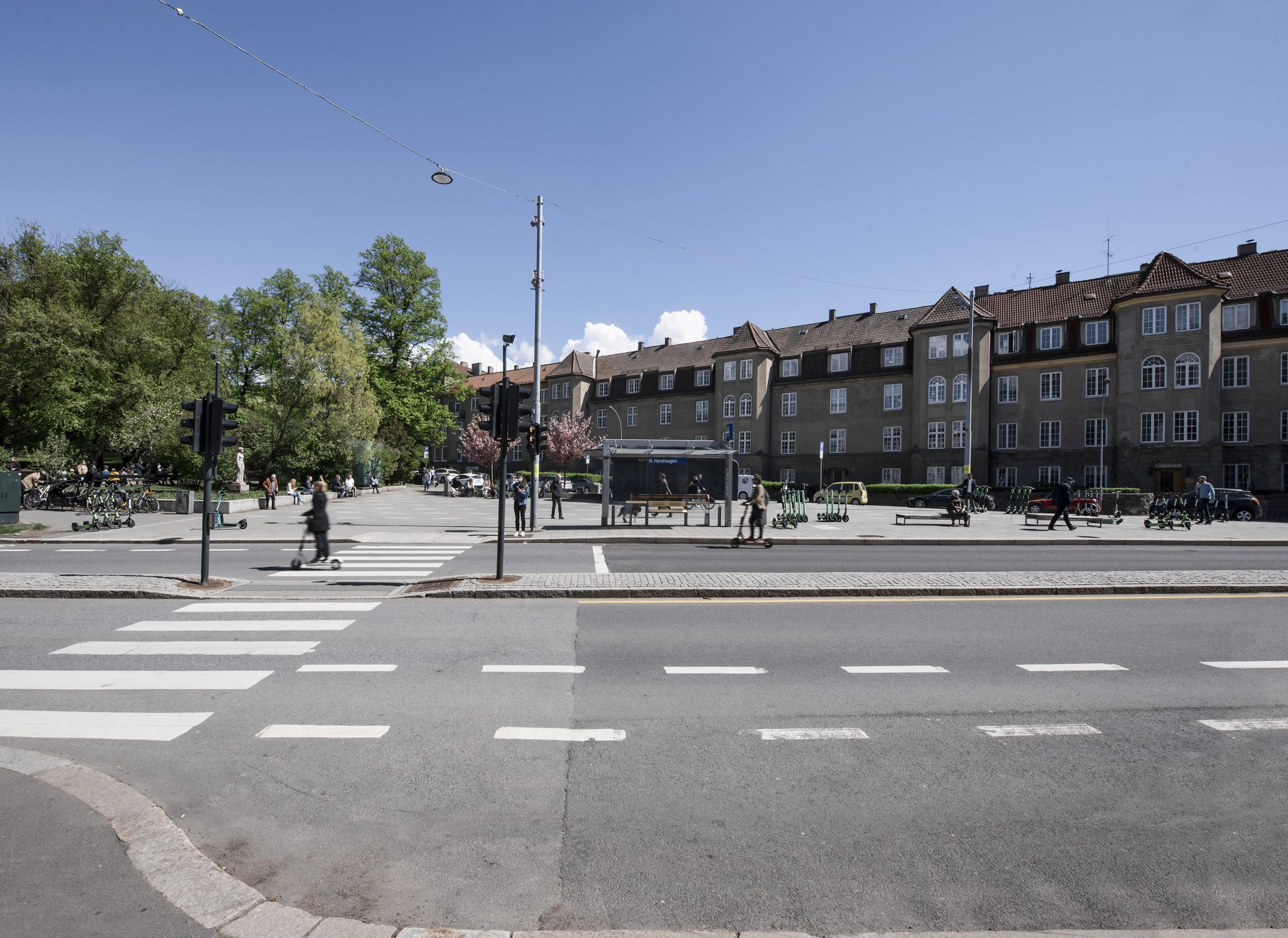
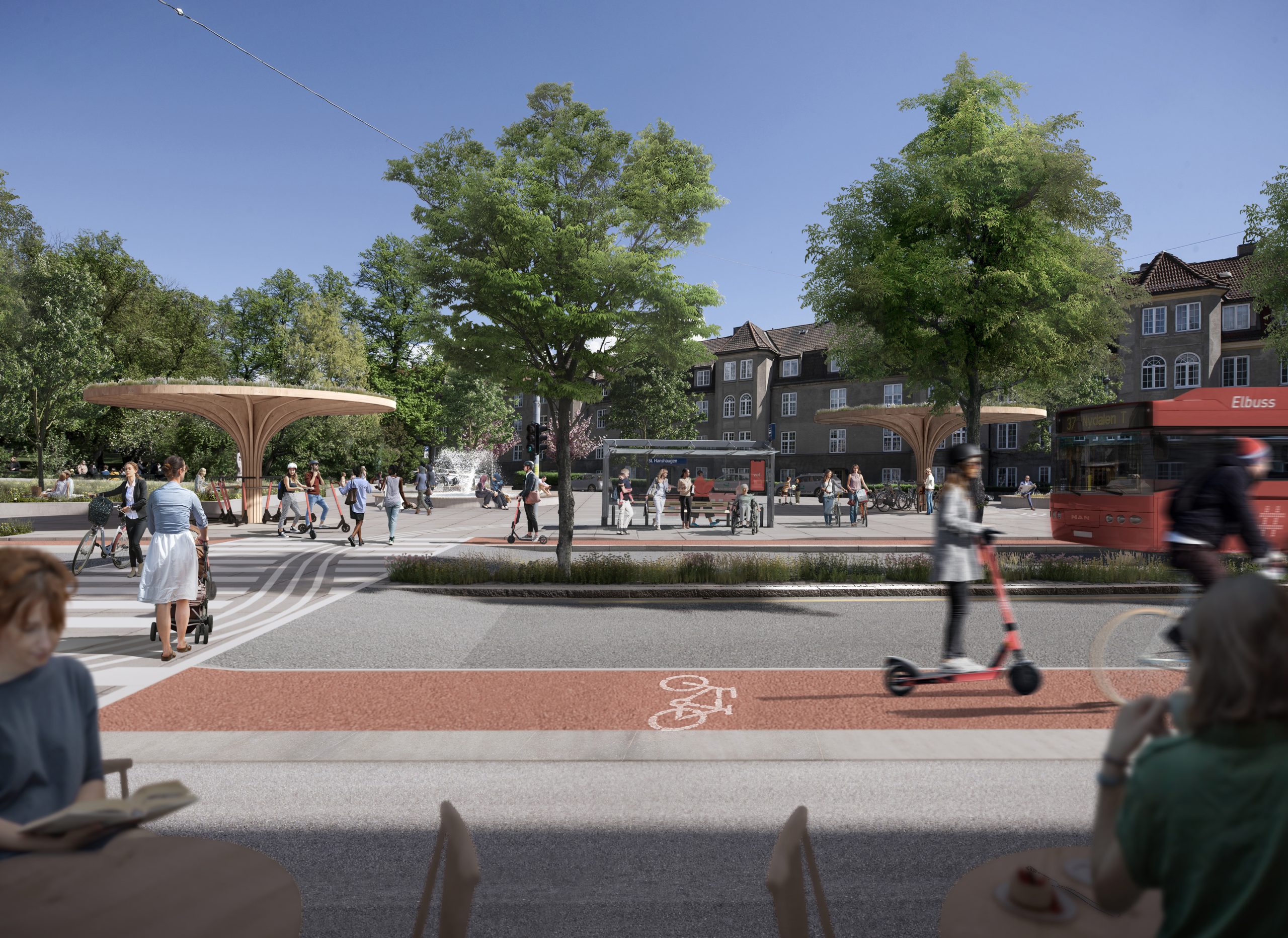
Liverpool
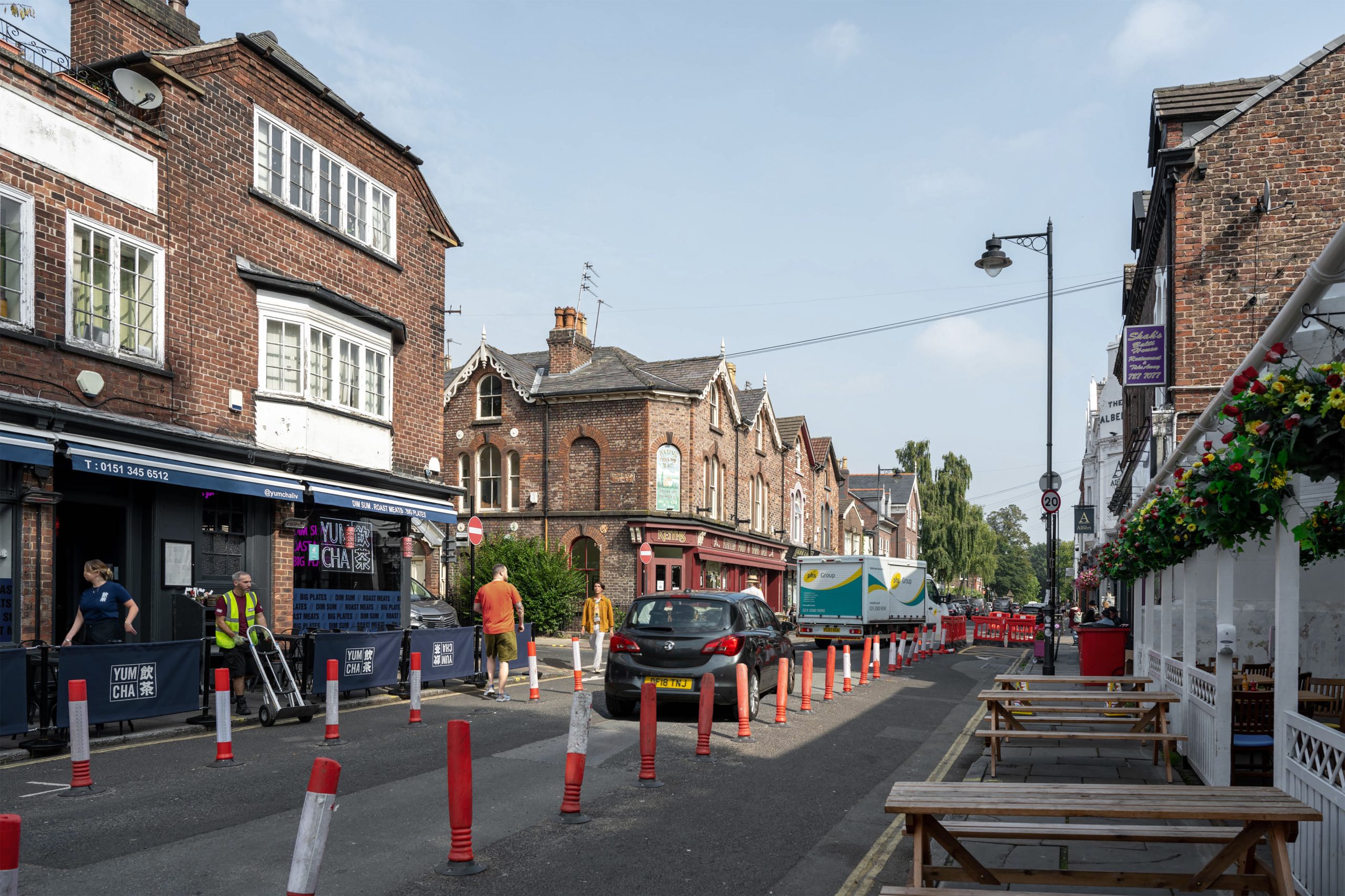
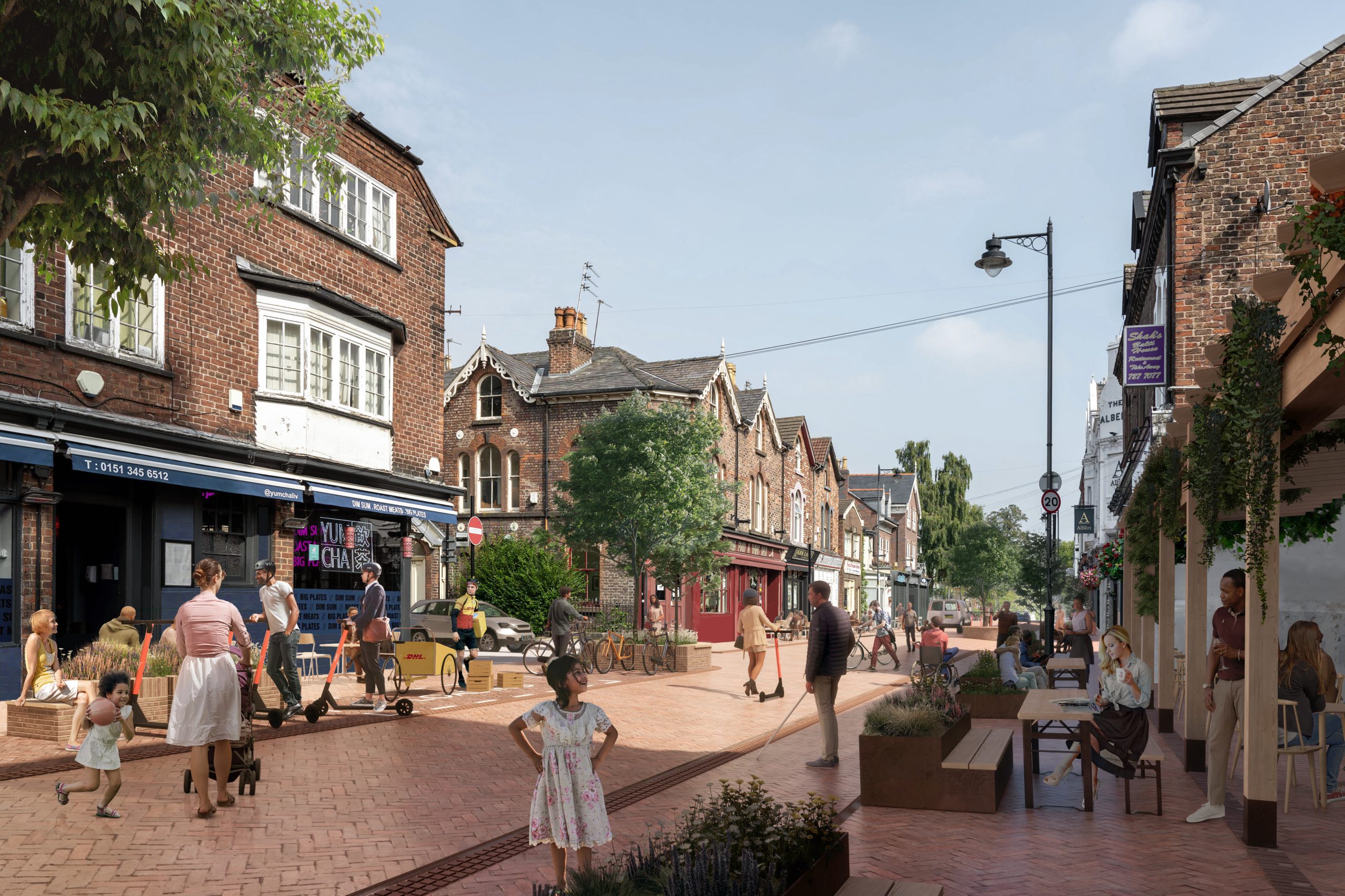
Stark added: “Looking at a particular example in Sveavägen, Sweden, right now 62% of the streets is reserved for cars, whereas in our vision 62% of streets are allocated to pedestrians, sidewalks and green spaces.”
Voi’s vision statement follows calls earlier this year from the Intergovernmental Panel on Climate Change (IPCC) that there needs to be “transformative” changes to the transport sector if global warming is to be limited to 1.5°C by 2050.
Robert Martin, Head of Mobility at Jaja Architects, added: “The climate crisis will not wait for us any longer, we must rethink our approach to urban areas and take a holistic approach to rethink mobility and infrastructure.”

